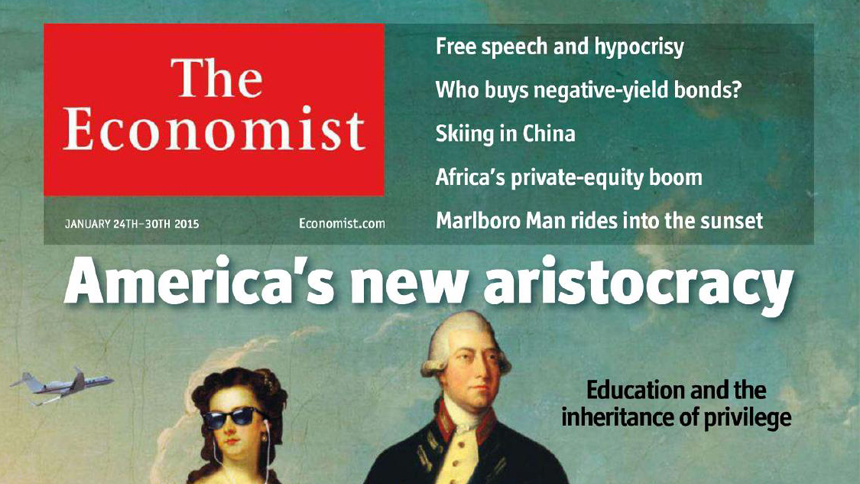For journalists looking for freelance or full-time work, making a good first impression is all about the clips. Often requested before a story is assigned, clips are simply your writing samples or published articles.
But how do you know which articles—and how many—to send? And how can you wield your power with the pen (or keyboard) if no one will give you that first byline?
Also on Mediabistro


Fear not, freelancer. If you’re new to the biz or simply trying to break into that dream publication, there are some tried and true steps all writers can take to put their best clips forward.
1. Lead with your best work
Instead of trying to show the diversity of your writing or the most famous person you’ve interviewed, only highlight the very best pieces in your portfolio.
This isn’t the time to build to a crescendo of editorial greatness. Editors are pressed for time, so give them the goods quickly.
“I’m looking for several things in a clip,” says Thomas Mucha, editor of GlobalPost, an online international news site. “First, of course, is overall excellence, accuracy organization, a logical structure, good sourcing, top notch reporting, etc.”
Beyond that, Mucha says he looks for clips written with verve, wit and style and pieces that are smart, engaging and logical.
He also says he likes pieces that can pull him through until the end, making him feel as if he was in good hands during the entire read.
2. Pick clips that fit your pitch
Think about it this way: If you were looking for a decorator to renovate your bedroom, would you hire the person who’s only done kitchens? Didn’t think so.
So, if you’re pitching a travel story, send a link to your story on “The Real Miami: The Best Reasons to Leave South Beach.” If your idea is to interview an up and coming ingénue, send a blog post you wrote for Indie Wire.
“For new writers especially, I’m looking for clips that show you’ve done this type of story before,” says Jeremy Saum, executive editor for Afar.
However, not having a clip on that specific topic doesn’t mean you should automatically count yourself out for assignments in a new genre.
“If you have an idea for how to approach a topic and can show a great interest in it, then your lack of clips might not disqualify you,” says Christy Karras, a veteran freelance writer and former editor of Yahoo!’s Visit Britain pages.
When she’s pitching a story on a new topic, freelance journalist Angela Shah, who has written for Time, Forbes Asia and The New York Times, says she sends clips that illustrate her ability to write the type of story she’s pitching.
“When pitching a story about an Olympian in Afghanistan, I sent the editor clips of profiles I’d written,” she says. “While I haven’t written a sports story in a long time, I have written about individuals, their struggles doing work they loved and their hopes for success in their profession.”
3. Pay attention to voice
The tone of your writing is equally as important as the subject. Editors want to know that you can not only write well, but that you can do so for their publication and audience. Does the mag feature a lot of lists or snarky blurbs?
Then, highlight work where you showed a sense of humor. If the outlet leans to reported pieces, you’ll want to pick clips that are more serious in tone.
Karras explains, “As with any job, you want to show that you know something about the publication in question, so matching your writing samples to the voice of the publication is important. I’ve had people submit samples that read like college papers, which doesn’t work at all for my current travel and lifestyle specialties.”
Front-of-book articles typically require a livelier writer. “You don’t have to have an attitude or be sassy, but your writing has to have a voice and have some life to it,” says Saum.
For features, Saum says he looks for pitches that have depth. “We like to see features that are driven by something bigger than ‘I went here and did this travel story,'” he says.
4. Show off your reporting chops
Remember, you’re not just selling the story idea—you’re selling yourself, too. So, your samples should demonstrate why you’re the best person to write the story and highlight subject matter expertise, reporting skill and creativity.
Karras suggests choosing clips that suggest problem-solving abilities, show new ways to organize information around a theme or make an old topic interesting in a new way. She also recommends using clips that prove you can locate the best possible sources on a topic and smartly synthesize what they have to say.
Shah says she tends to choose stories she believes show off her writing and editing skills.
“That could be a deeply analytical magazine feature on the finances of a major city-state that shows my ability to digest complex information and write about it in an engaging way, it could be a news story on a crackdown in the Gulf that shows an editor how well sourced I am in an environment that might not be very friendly to journalists, or it could be a feature profile that I think displays some narrative chops,” she says.
“It just depends on the message I’d like to get to the individual editor.”
5. Don’t overwhelm your reader
Just because you may have written hundreds of articles relevant to a pitch or position, doesn’t mean you should send them all to your would-be editor. If an editor requests a certain number of clips, meet his or her requirement.
If he or she leaves that decision to you, select two or three of your best and most relevant pieces —no more.
“I send three clips,” Shah says. “Editors have short attention spans; we have to be able to grab them quickly.”
If an editor doesn’t request clips, Karras suggests mentioning in your cover or query letter that you have clips available should he be interested in seeing them.
6. Perfect your delivery
Once you’ve decided how many samples to send, the next step is deciding how to send them. Some publications make their preferences clear on sites like Mediabistro, Writer’s Digest and through their own submission guidelines, which are often available on their websites.
“If the editor specifies, do what the editor tells you to do,” says Karras, who prefers clips sent as Word attachments.
Other editors like links, but don’t expect to win any favor by simply directing the reader to your website. It can be perceived as laziness, and a busy editor may not be willing to spend time perusing your site.
When pitching new editors, Shah suggests getting recommendations from mutual colleagues if possible. “Being able to say that someone they know recommended you goes a long way in gaining their trust in your expertise,” she says.







